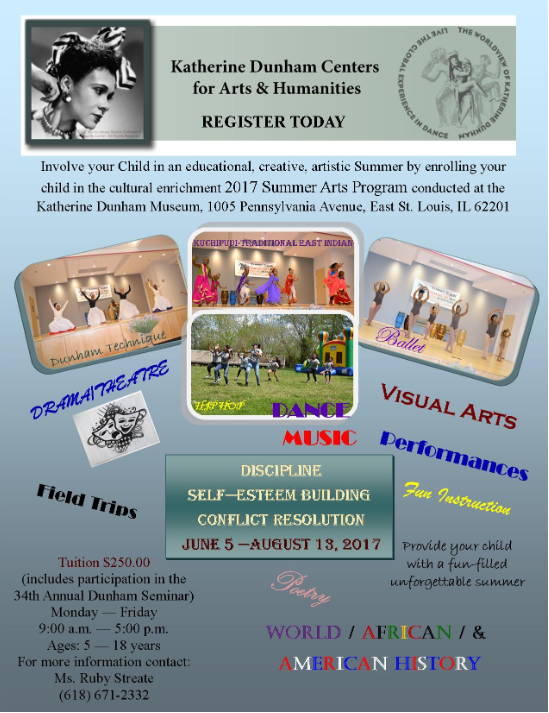Arthur Todd, an African American writer, once said, in regards to Dunhm’s impact on dance history, “What Dunham gave modern dance was a coherent lexicon of African and Caribbean styles of movement—a flexible torso and spine, articulated pelvis and isolation of the limbs, a polyrhythmic strategy of moving—which she integrated with techniques of ballet and modern dance.” But, the choreography that she introduced to the world was more than just a series of kicks and pelvic movements, it was “a way of life”. After studying in the Carribean, Dunham developed a new way of looking at dance as a holistic experience, that combines and connects both the mind and body. So, she sought to reflect this in her choreography. Or as Keith Williams, an ex-student of Dunham’s would say, "Along with the choreography, it is also developing the whole individual. That’s what separates it from other techniques.”

This magazine written in 2015 acknowledges Dunham's works as an African American dancer. She showed the world a combination of movement styles; making other cultures feel represented was important to her. Credit: nplusonemag.com
